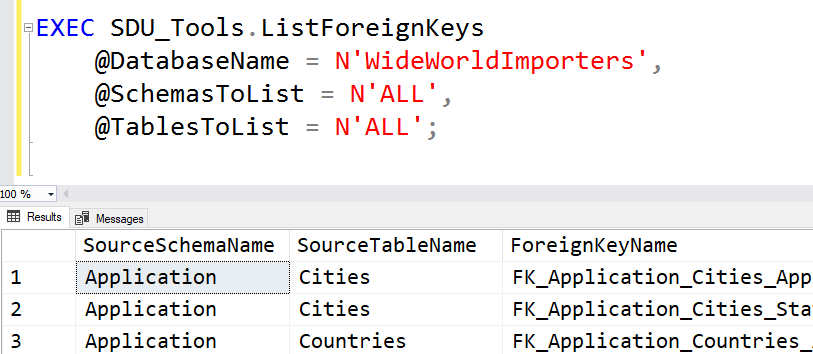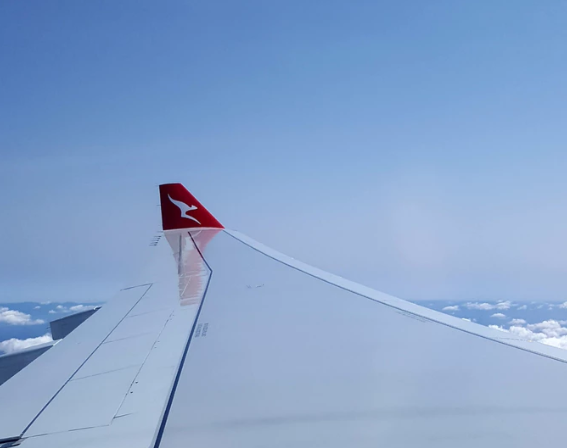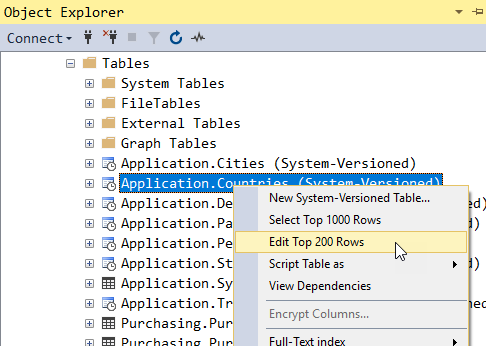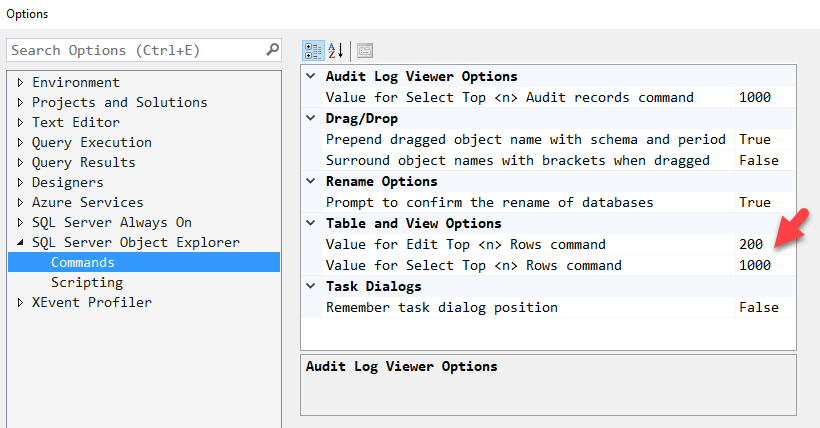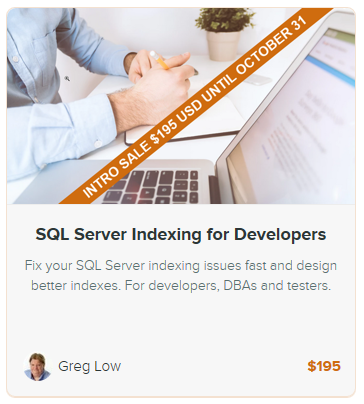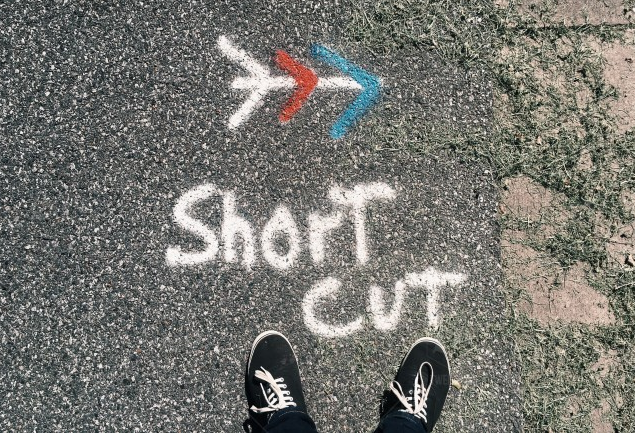
Shortcut: Finding error locations within queries in SQL Server Management Studio
This is probably one of the simplest tips that I’ve published, yet I’m endlessly surprised how many people do not realize that it’s available.
When you have a script loaded in SQL Server Management Studio (SSMS), and you execute the script, you might run into an error like this:

To find where the error is, just double-click the error down in the Messages tab. I double-clicked it, and it took me directly to the error and highlighted it:
2018-10-18

